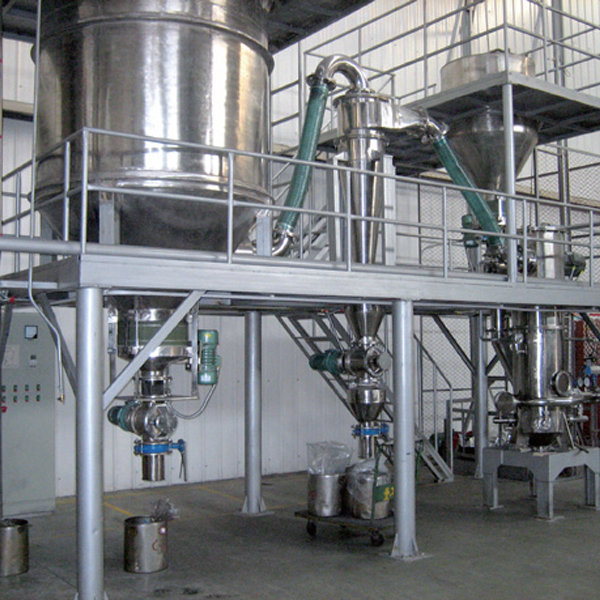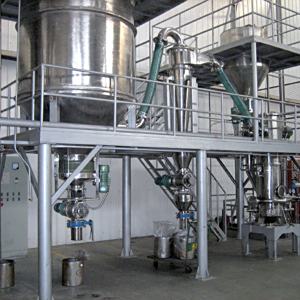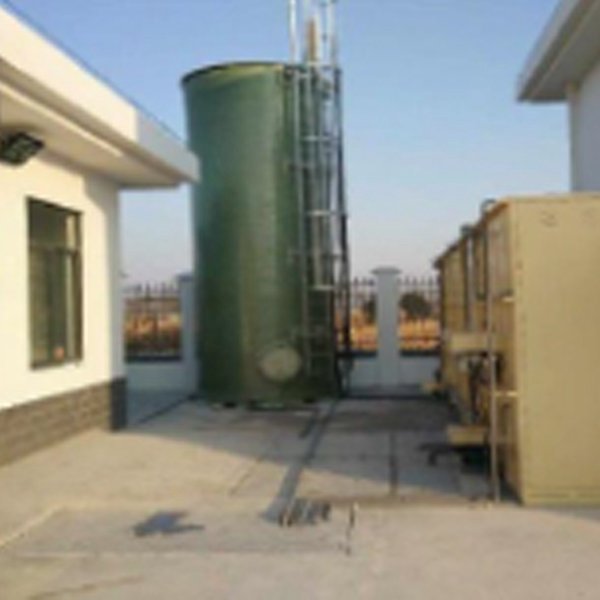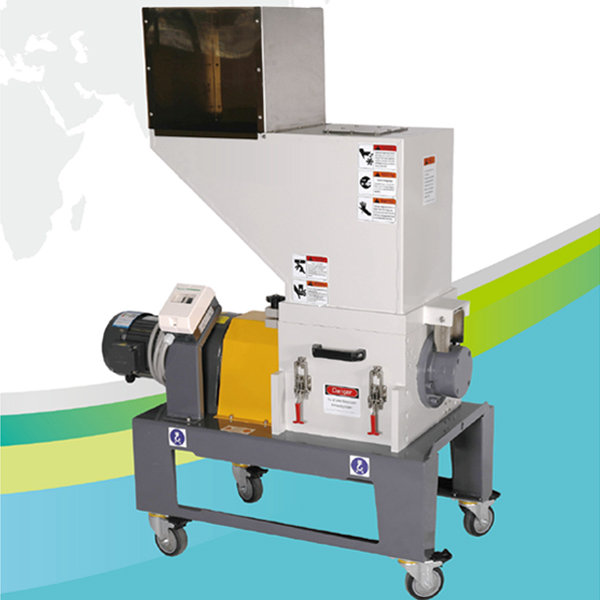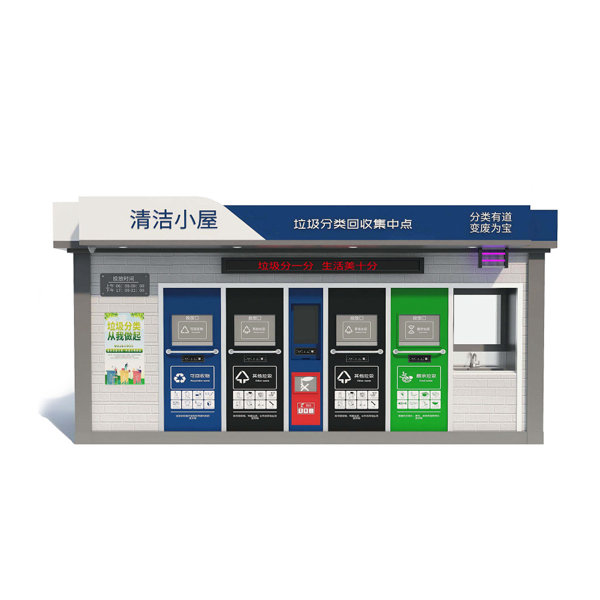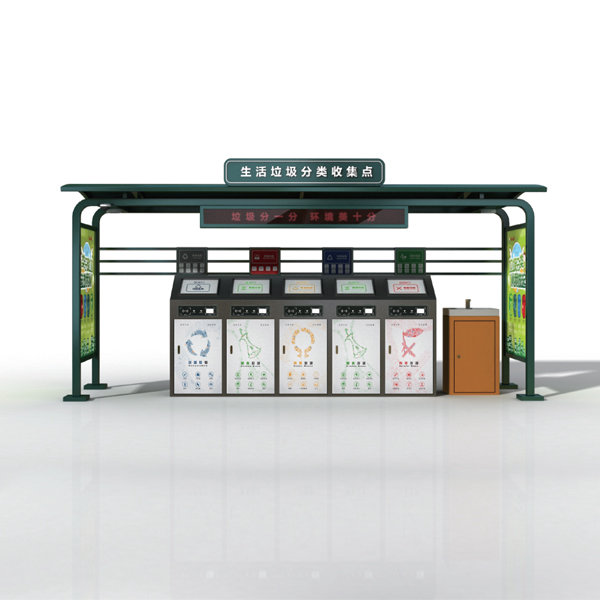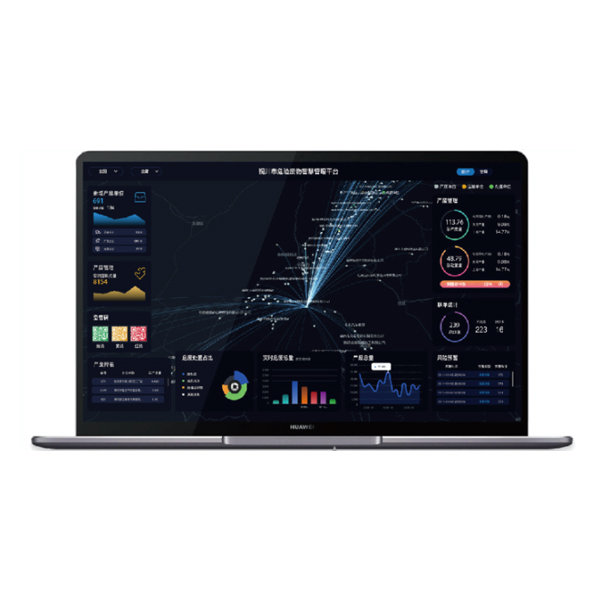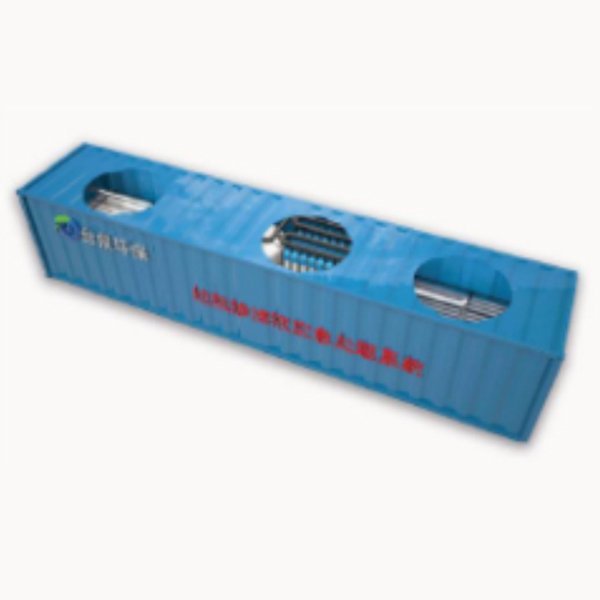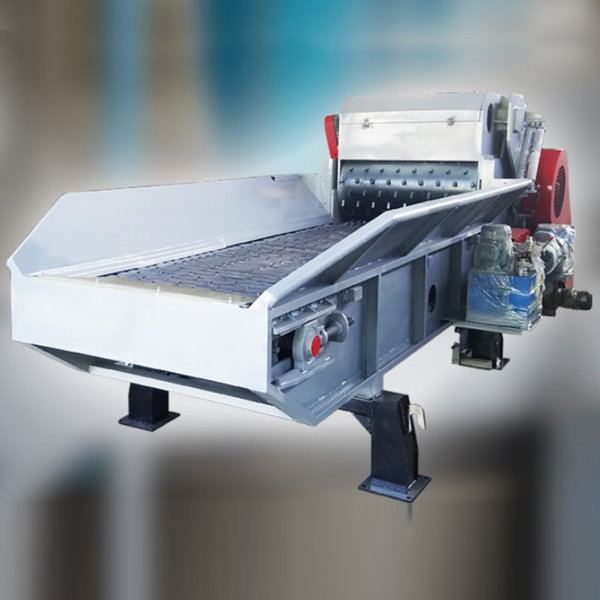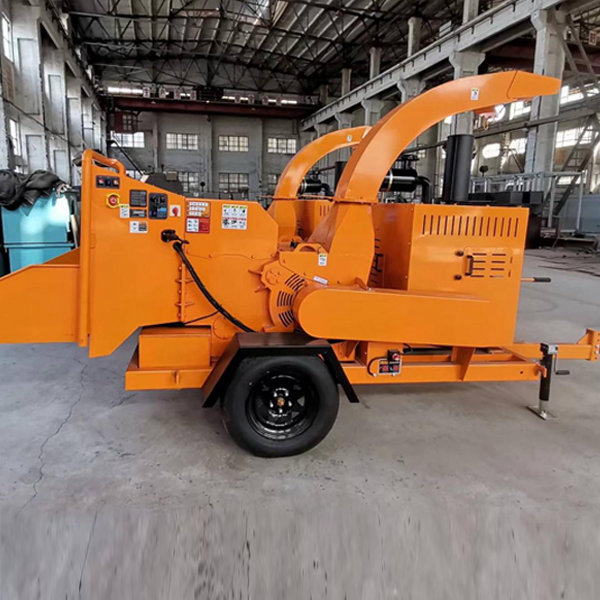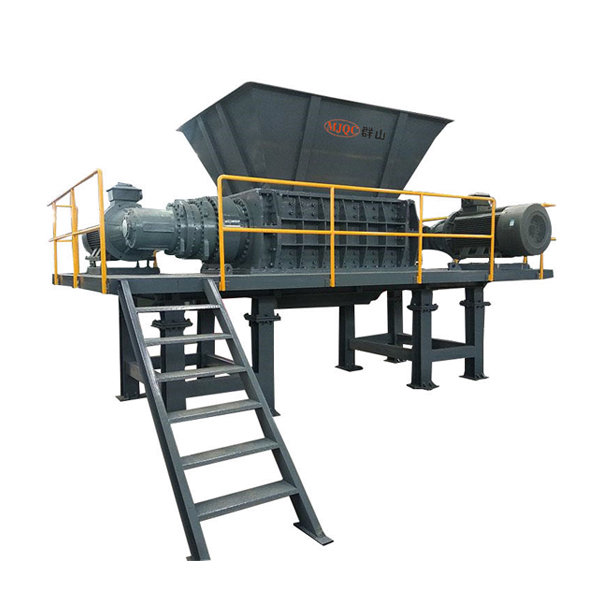Fluidized bed airflow crusher is a device that uses high-speed airflow to achieve ultrafine grinding of dry materials. It consists of a crushing nozzle, a grading rotor, a spiral feeder, etc. The material enters the crushing chamber through a spiral feeder, and compressed air is sprayed at high speed into the crushing chamber through a specially configured supersonic nozzle. The material accelerates in the supersonic jet flow and repeatedly impacts, collides, rubs, and shears at the intersection of the nozzles to achieve crushing. The crushed materials enter the classification room with the rising air flow. Because the classification rotor rotates at a high speed, the particles are subject to both the centrifugal force generated by the classification rotor and the centripetal force generated by the viscous effect of the air flow. When the particles are subject to the centrifugal force greater than the centripetal force, that is, the coarse particles above the classification diameter return to the grinding room to continue to impact and crush. The fine particles below the classification diameter enter the cyclone separator and the collector with the air flow for collection, and the gas is discharged by the induced draft fan, Particle size range D50:1~45 μ m
Product features:
• No heating, as the material is crushed in a gas expansion state, the temperature of the crushing chamber is below 15 ℃.
No pollution, as it is the material that collides and crushes itself under the driving force of the airflow, without bringing in the medium, which will not cause pollution during the material crushing process.
Low wear and tear, as the main crushing function is particle impact and collision, high-speed particles rarely collide with the wall, making it suitable for crushing materials with a Mohs hardness of nine or above.
Low energy consumption, saving 30% to 40% energy compared to other types of airflow crushers.
Inert gas can be used as the working medium for crushing flammable and explosive materials.
Adopting advanced touch screens and programmable controllers (PLCs), automated control is achieved.
Widely used in ultrafine grinding of dry powder materials such as chemical, Western medicine, traditional Chinese medicine, pesticides, metallurgy, non-metallic minerals, battery positive and negative electrode materials, talc, barite, kaolin, quartz, graphite, flame retardant materials, ceramics, etc.

